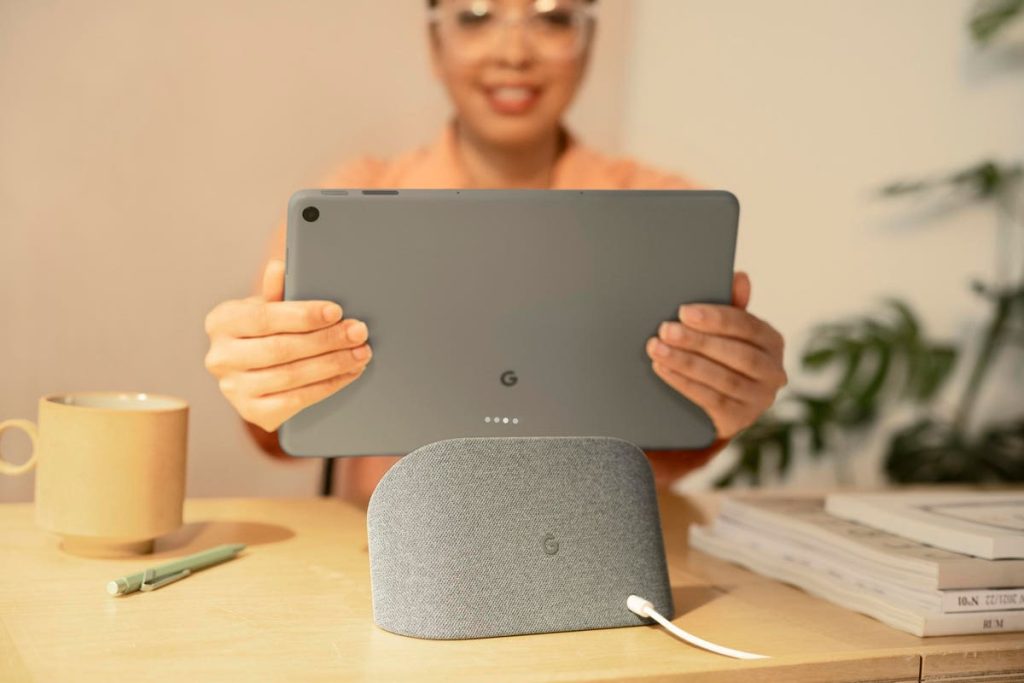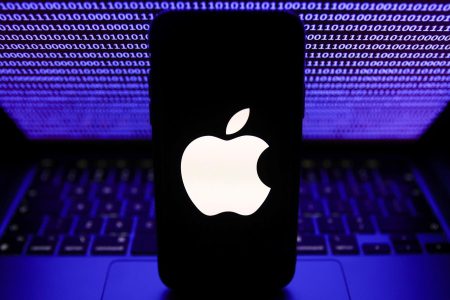The new Pixel tablet is such a clever concept, I’m amazed Google was the first to do it. Making a hybrid of a smart screen and old-school tablet solves the obvious problems in both device categories, alongside standing out against Apple’s ever dominant iPad.
I booted up my old Pixel C tablet to refresh my memory of one of Google’s last big-screen releases. Aside from its now achingly slow performance, the device is—and was—unoriginal. I said as much in my 2016 review. The big issue back then (and still is now) was that the apps struggling to resize properly for larger display marred the Android tablet experience.
Google’s 2018 Nest Hub (then known as the “Home Hub”) solved that problem. It’s a tablet with a good speaker and a locked down operating system that focuses on giving users quick access to home controls, an ear for silly Google questions, a cooking aide and a DJ that only takes requests. Google kept the user experience simple in a way that wasn’t possible on a more versatile tablet.
But that locked down experience also means the smart screen is too rigid as a cooking aide to be properly useful. Adding and removing items on a list with your voice is cumbersome, as is finding content to watch or listen to. That lack of nimbleness has severely limited how I use my Nest Hub Max.
Enter the Pixel Tablet. It does a bit of both. Docked, it switches to a Nest Hub-like experience. Undocked, it’s a nicely designed tablet. The reviews say that the the familiar third-party app sizing problems persist, but the overall experience is smooth enough. For example, one of the best features of the Nest Hub is its use of multiple profiles and the fact that it can detect each user based on their voice. It looks like this has been ported over to the Pixel tablet too, which gives it an immediate advantage over the iPad.
Looking for a new phone? Forget the iPhone SE, Google has found the perfect balance
Straddling both device categories, and making at least one of them potentially obsolete, feels like value for money. If you felt short changed with a partially functional Nest Hub, or an inconsistent experience with an Android tablet—this makes up for the other side’s flaws in one device. If the tablet is part of the Pixel Drop program, Google’s semi regular feature update policy for some Pixel devices, then there’s an exciting future ahead for the new Android slab.
There are questions, though. How well will it switch between the two modes? Can I swipe out of a Google recipe, open up Chrome and search for something else without losing my place in the recipe instructions? When docked will the tablet automatically switch to a video feed when someone presses my video doorbell? Can I then undock it and use some of the tablet features as I chat with the person at my door? There are any number of unforeseen scenarios that users will play with, which will be a test for how versatile the two-in-one system is.
Also, Will Google support this device and create new, better iterations down the line, or will this be another one-and-done discarded product like a few of its predecessors? That last question is particularly important. Buyers will feel some confidence in spending $499 on the new device if they know Google will support the product line with updates and refinements for the next few years. The Pixel tablet promises to shake up the tablet market without relying on gimmicky hardware, but how well its implemented, and whether or not it is supported in the long term, remains to be seen.
More on Forbes
Samsung, Google & Microsoft Slash Prices For Pixel 7 Pro, S23 Ultra, Surface & More
Buying The New Asus ROG Ally? Hold Up, Read This First
Read the full article here










